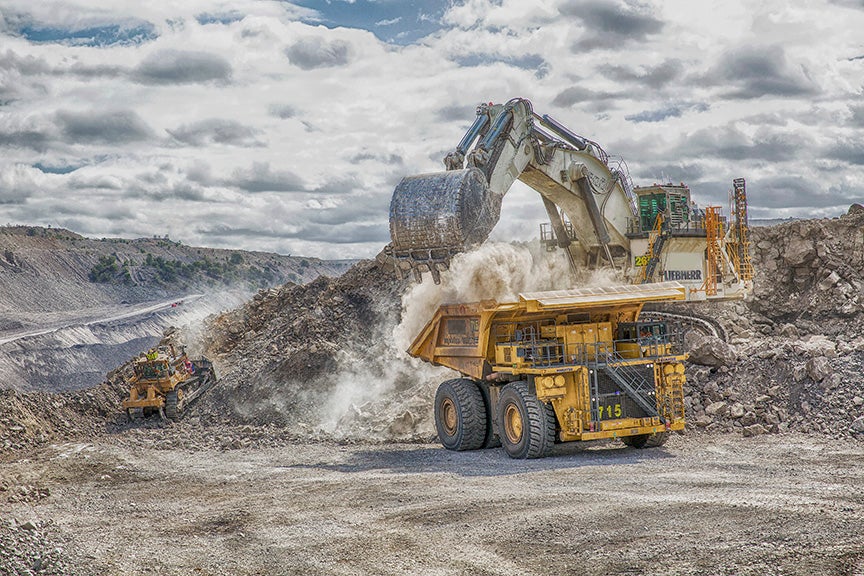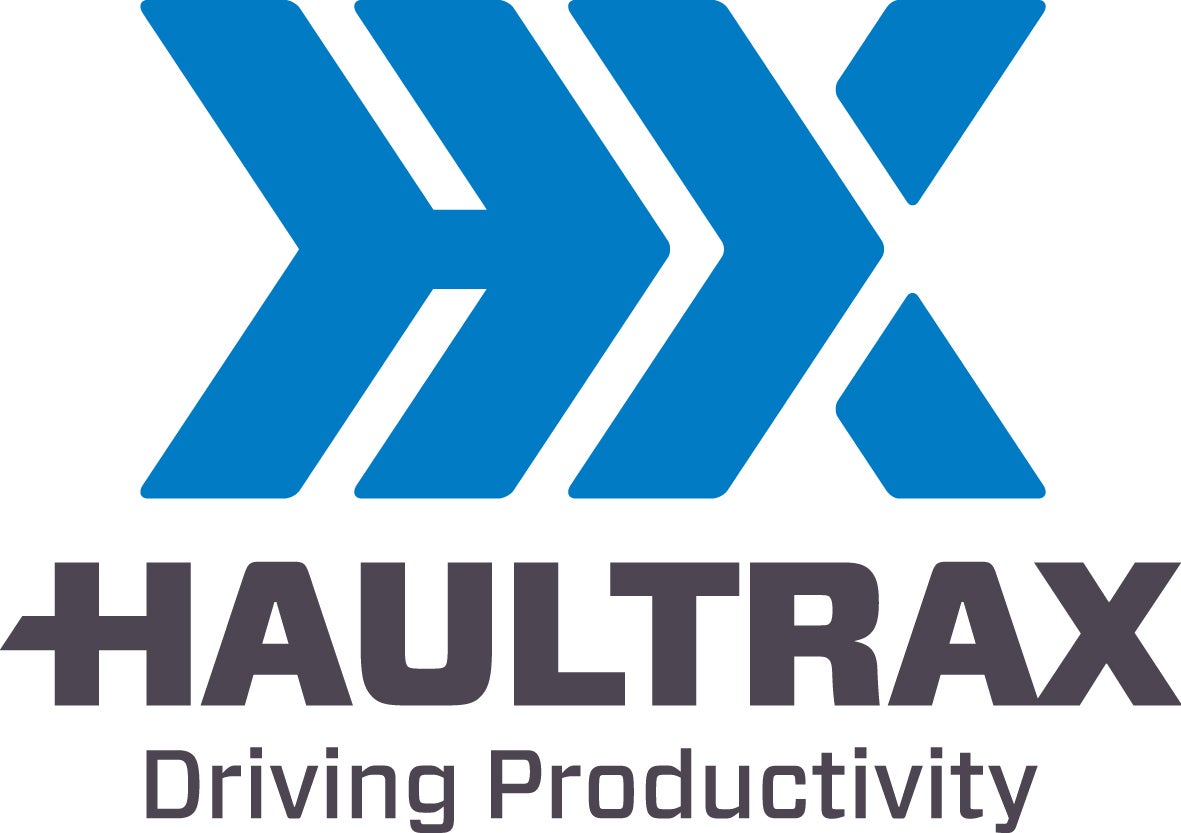
Successfully implementing technology in a way that promises real results for operations and personnel is a challenge many mining companies face. But when it comes to integrating it with existing processes and systems to promise acceptance and value delivery, not every mining company knows how.
That’s why Australian mining technology and change management experts Haultrax are leveraging their expertise to help surface mining companies prepare for the people and process changes required with new technology and improvement initiatives. Their goal? To create a more effective and collaborative workflow, a safer environment, and the ability to deliver the right information at the right level of business.
Alongside change management expertise, the company also offers a suite of productivity applications that directly challenge the stigma of complex and costly fleet management solutions (FMS).
Through both its powerful software and consultancy services, Haultrax is providing solutions to boost productivity and accelerate change in the surface mining industry. Mining Technology digs deeper with Haultrax managing director, Shyamal Sharma.
This year, Haultrax comes into its tenth year of trade. What are the main solutions and services that you provide for the mining market and how have you evolved in the last decade?
Shyamal Sharma: We have two distinct areas. First is our consulting stream where we focus on the implementation and change management of mining technology, with mine automation being our differentiation/niche.
Why the streams work well together is often the other area of the business – the digital stream, HX Digital, which creates people-centric mining productivity applications to help those at the frontline.
Applications like FleetOps and FleetControl are our fresh take on fleet management systems; being more people/role centric, with the person in charge of the process in mind. We’re asking what information/insight does he or she need to do their job more effectively?
Right, so you’re putting the user back at the centre of the process. Where have operators gone wrong with this in the past?
SS: Often, a lot of time and effort is used to select the technology, however not enough consideration is given to the implementation, business, and people readiness in how the chosen technology will integrate into the operational process and culture. This ultimately is how the technology is going to be successful, with people wanting to use it and get the most out of it as it helps them.
What would you say is the key differentiator between you and your main competitors?
SS: Our point of differentiation is that we come from a mining operational background. We understand the mining business, operations, its people, and processes to implement technology for the end user and make sure it’s delivering value for that company. We bring specialisation at a strategic level but also dirt-underneath-the-fingernails experience to ensure our solutions will work for our clients. All our solutions or proposals on how to implement technology work because of that understanding.
How does combining that background in the industry with expertise in technology work in practice?
SS: We look at how digital solutions and mining technology can be integrated into a business and implemented with the people at the frontline and apply it in a way that brings most value to them. I commonly say that we have the ability to communicate the same message in different languages, from C suite level to middle management and operators – in the meeting room, pre-start meeting, or in an operator’s cab.
Talk me through some of the key challenges that your customers are seeing at the moment and how Haultrax helps to solve them?
SS: In implementing any new system there is always a process of knowledge transfer where the company needs to figure out how the technology impacts the various facets of their business, including operational and maintenance processes, HR systems and people (new roles or changes in responsibility), and health and safety. This – at the time of purchasing – is not always well thought through. If it is, the right resourcing is not well assigned, or the resource that has the right capability. When we first started our business in 2012, mine managers understood what the words ‘change management’ meant, but they didn’t understand the energy and effort that goes into it taking an off-the-shelf technology and implementing it into their operating culture. That’s what Haultrax helps with.
Not only has there been a shift in thinking around change management over the last few years, but there have been some major technological breakthroughs in open pit services. What have been the most significant ones?
SS: Up until 2015-16, the uptake of autonomous trucks was slow compared to what I would have expected. But in the last three to five years, uptake and interest has been significant. There is now a new generation of autonomous systems coming. They are a more open source, rather than the homogenous solutions where the whole operating system is owned by one OEM and now electrification.
At the same time, there’s the data world and the ability to securely – but somewhat freely – get data from various fleet management and mining systems where they have been silos in the past and use it to get meaningful outcomes. This can tell you how to run your fleet more efficiently. As we head into a greener world, this data can also be used in helping understand and track emissions targets. It is for this reason we will be launching Haultrax Green.
Moving into this ‘greener world,’ how do you see sustainability efforts changing the industry?
SS: I haven’t seen anything radically change business roadmaps as much as the push for zero emissions. It’s become a serious focus, which is fantastic, but one of the biggest challenges for the industry. It’s going to change a lot of mining company’s strategies in terms of which commodities they’re in based on how well they can achieve certain emissions balances.
It will also change the energy sources of open pit mining. For example, with load and haul, how do we go into electrification or trolley assist? The solutions have been available, but it’s never been widely adopted until suddenly we’re forced to find cost-efficient ways to use these solutions to help us achieve our targets.
Using more of those technologies and combining them with automation is going to be something transformative, but we’ll also have to come up with solutions for transitioning people to working in that new operating paradigm, and that’s what Haultrax can help with.


